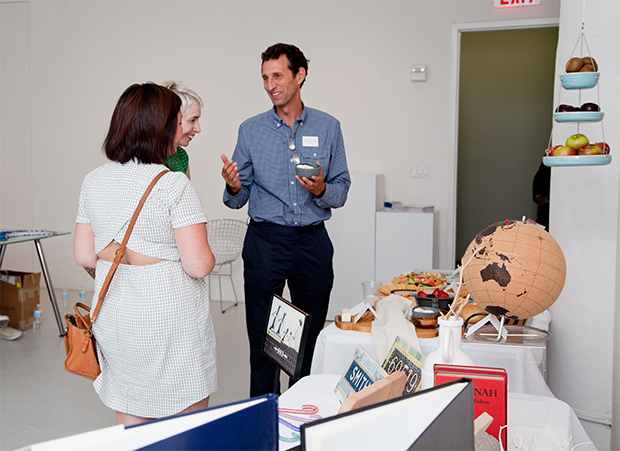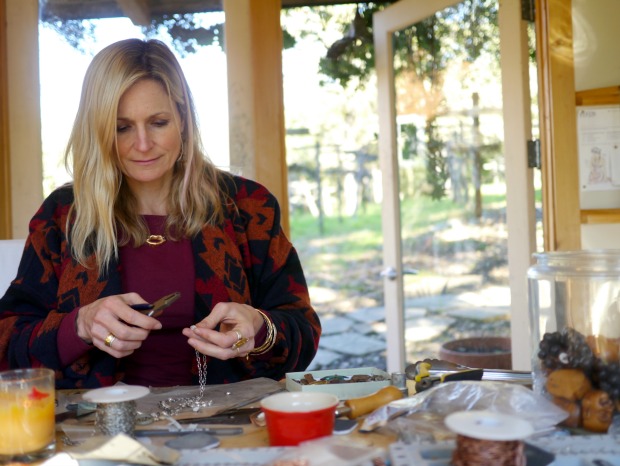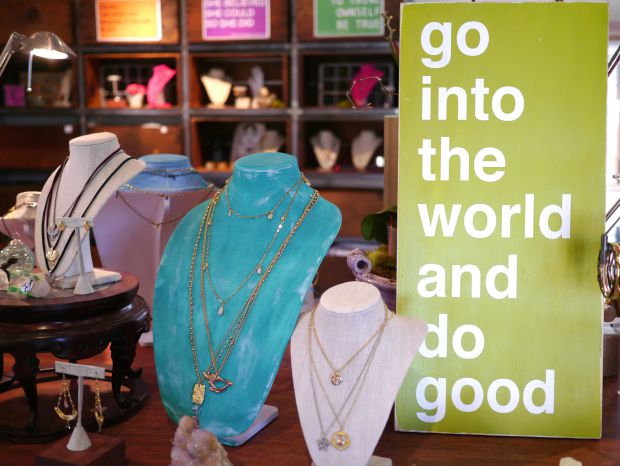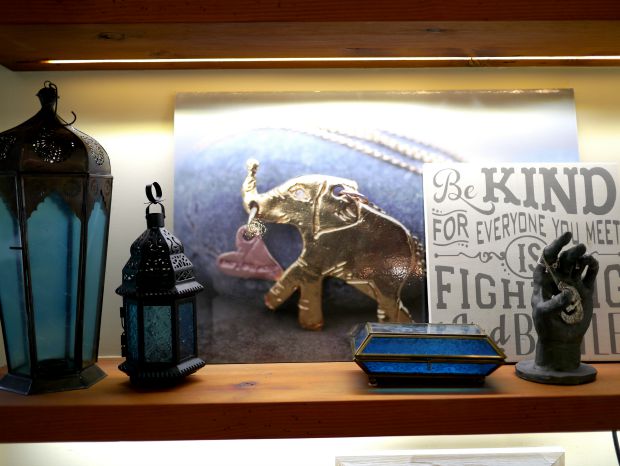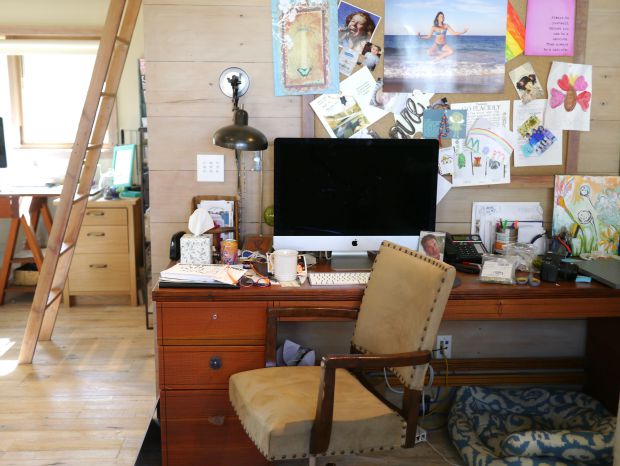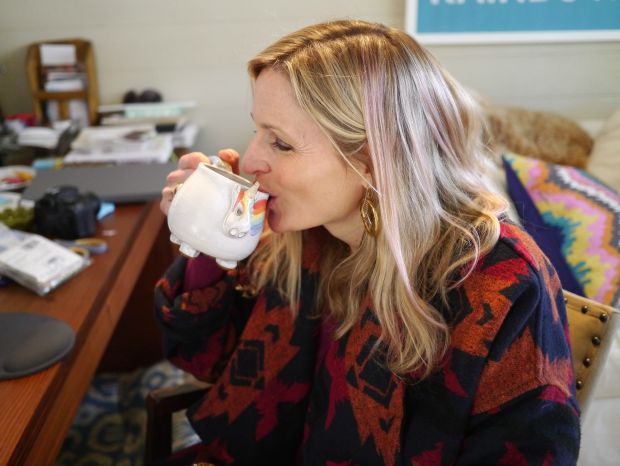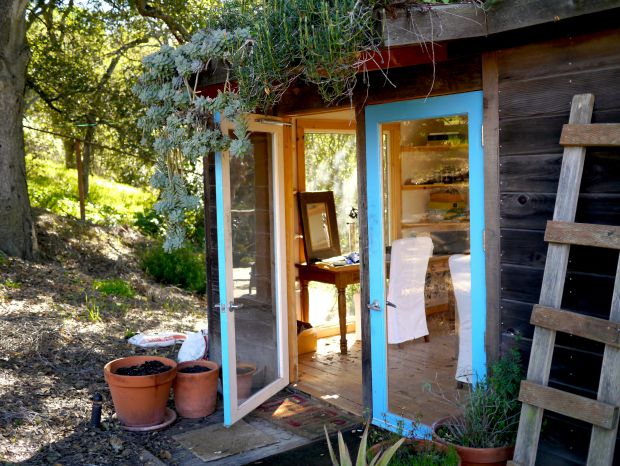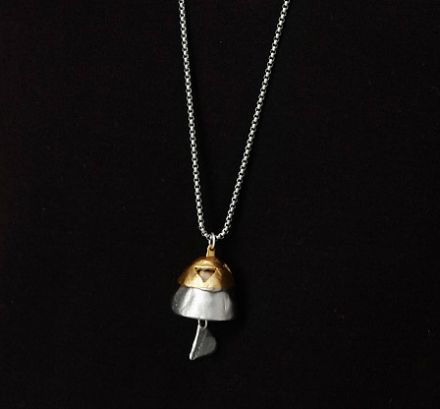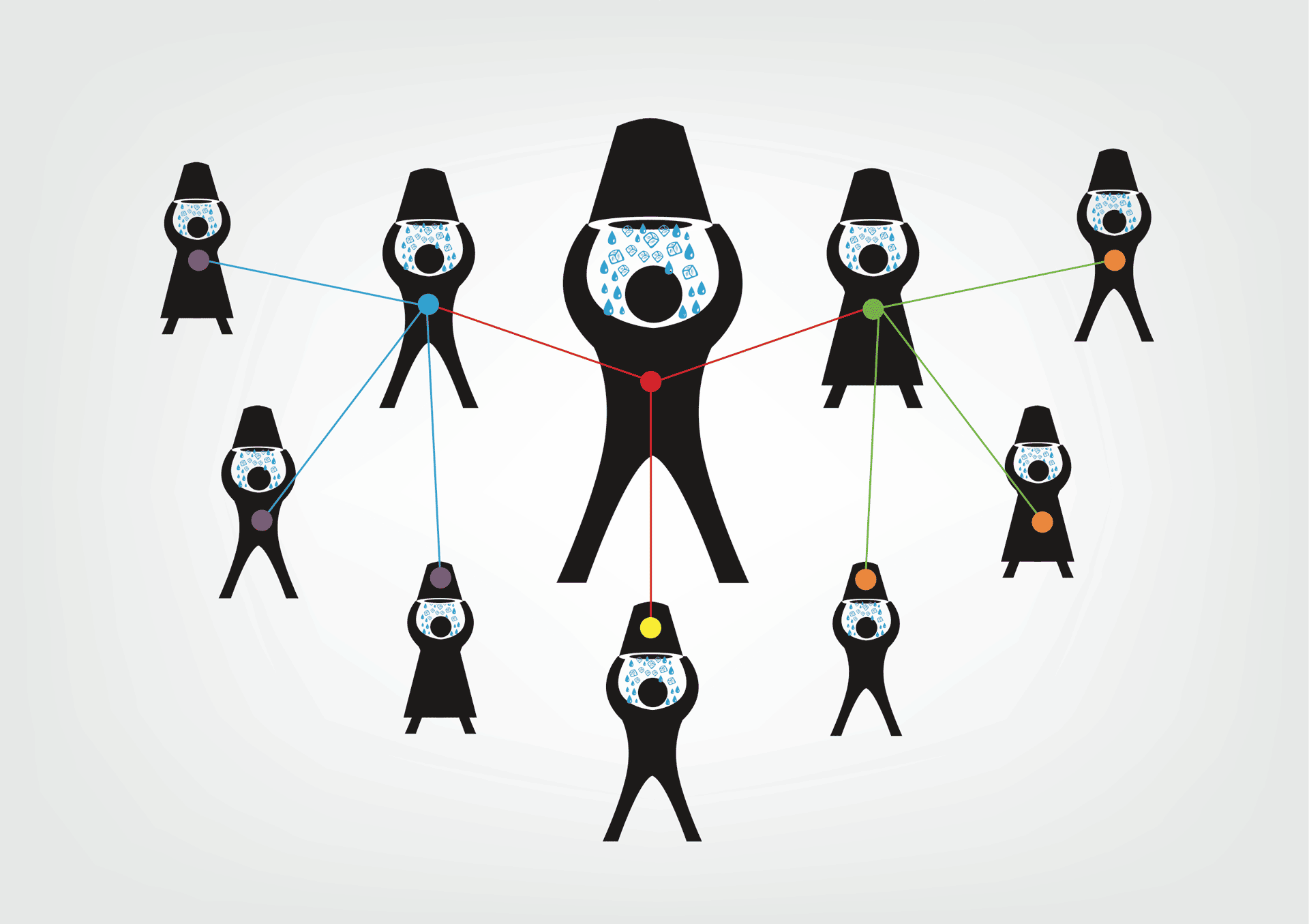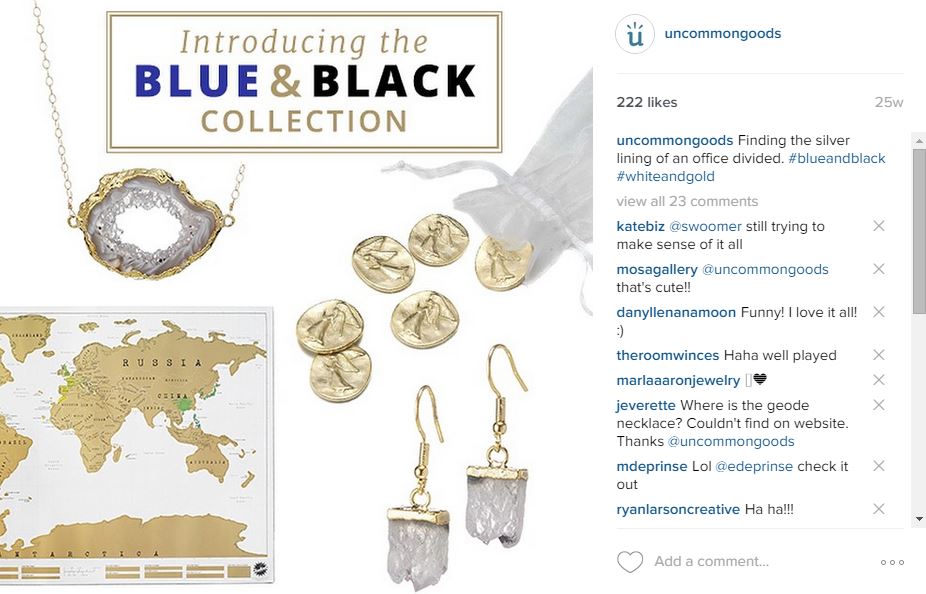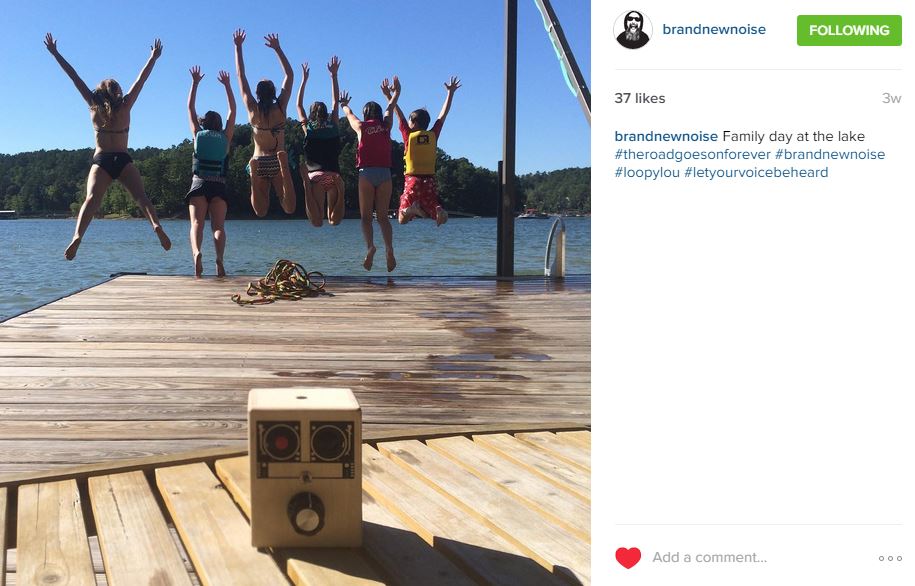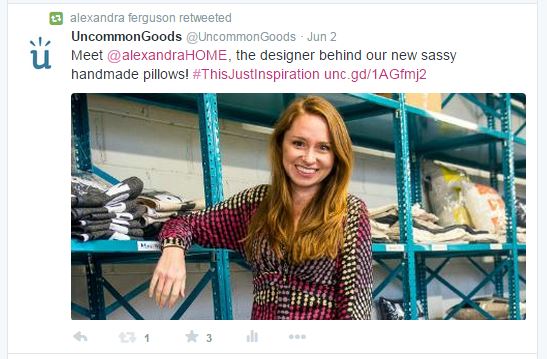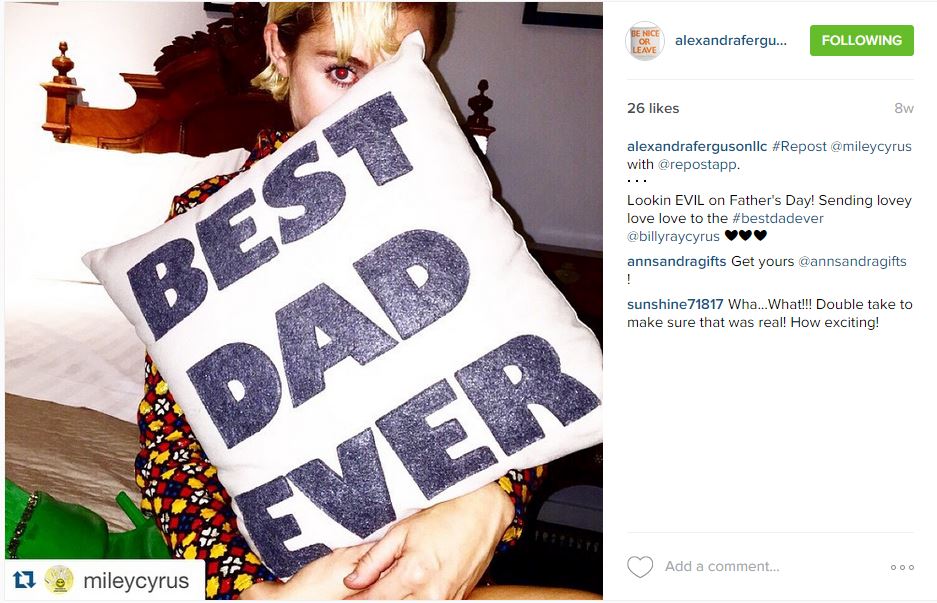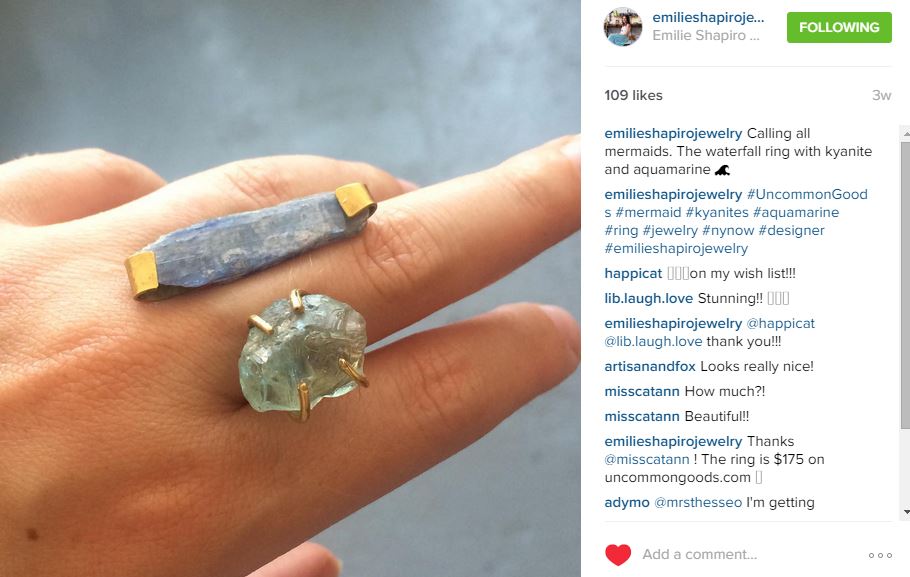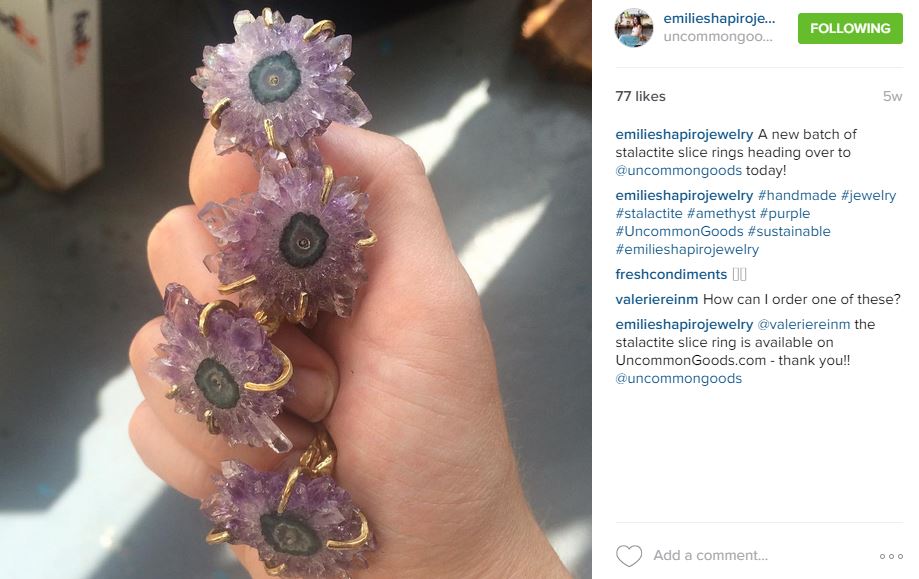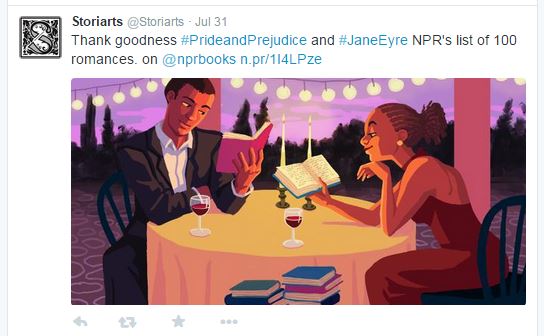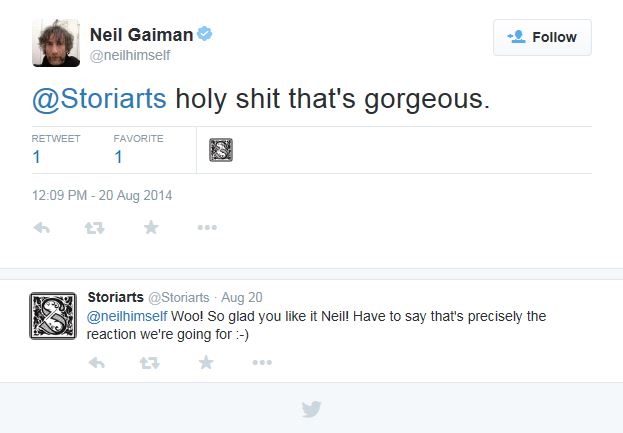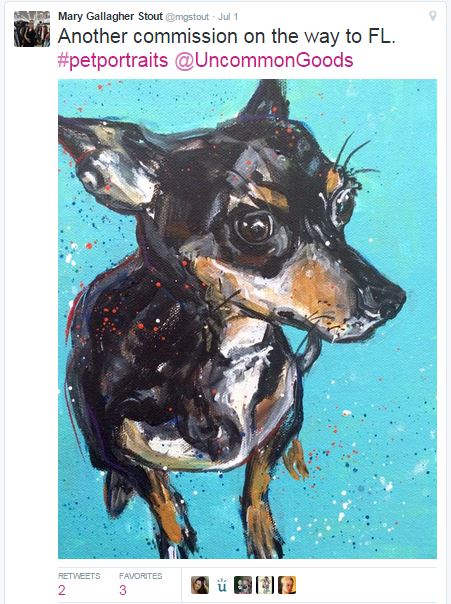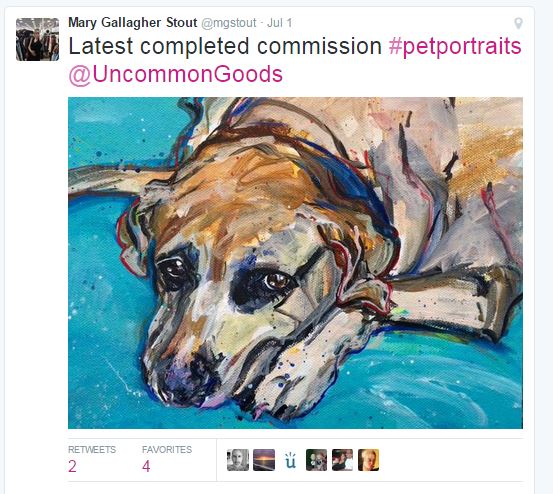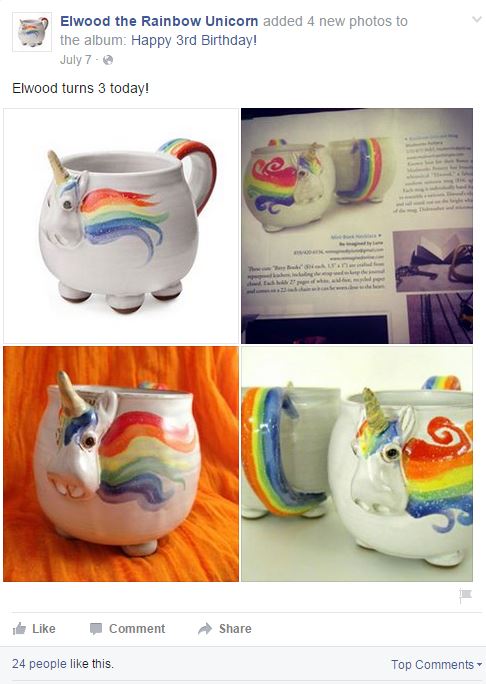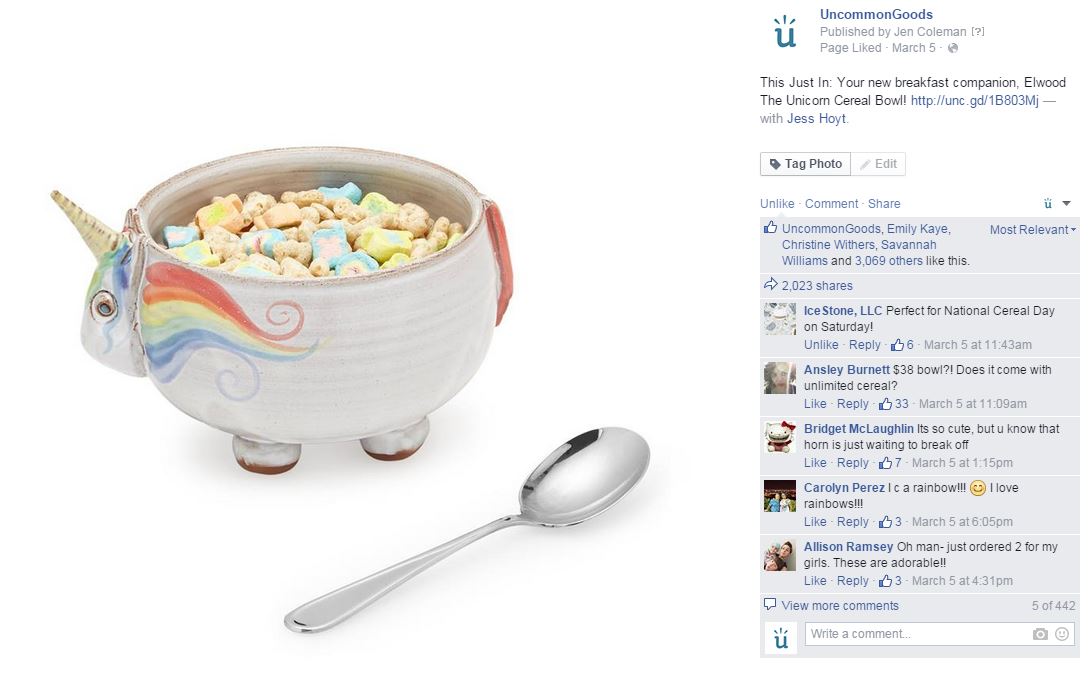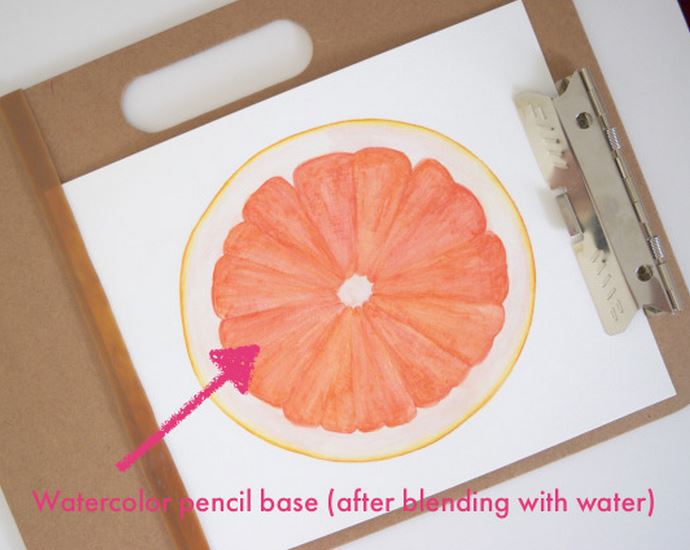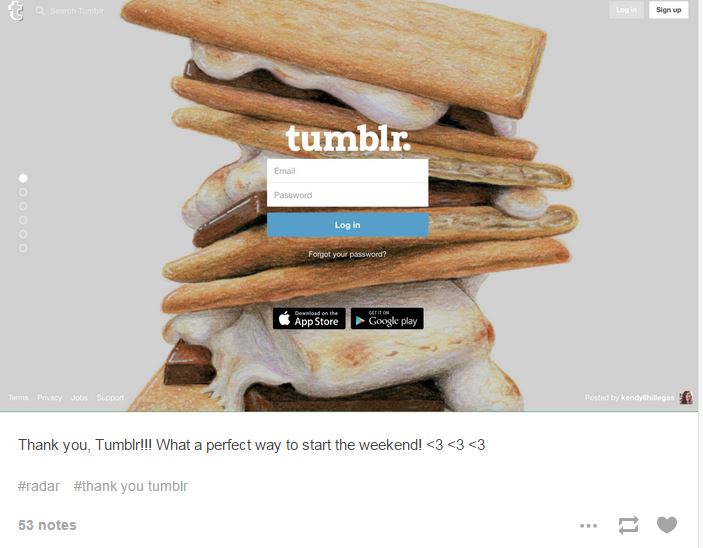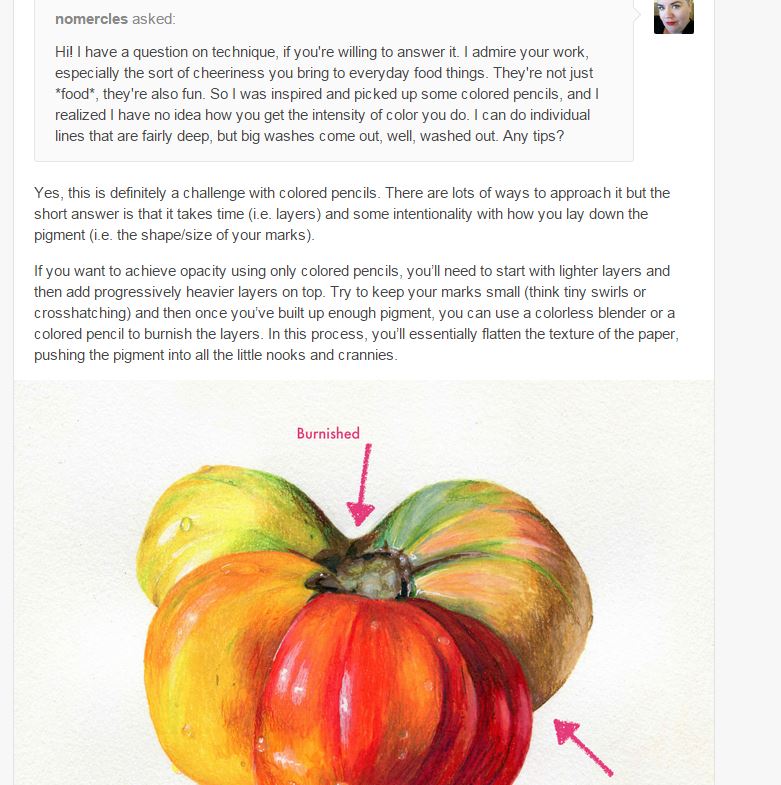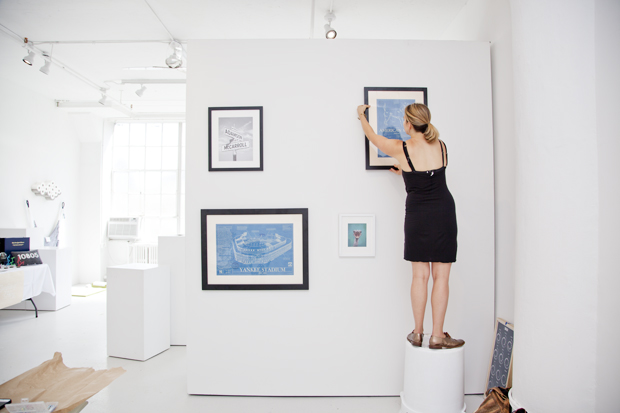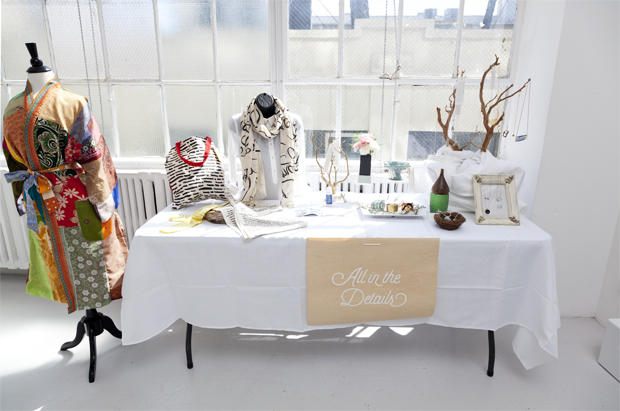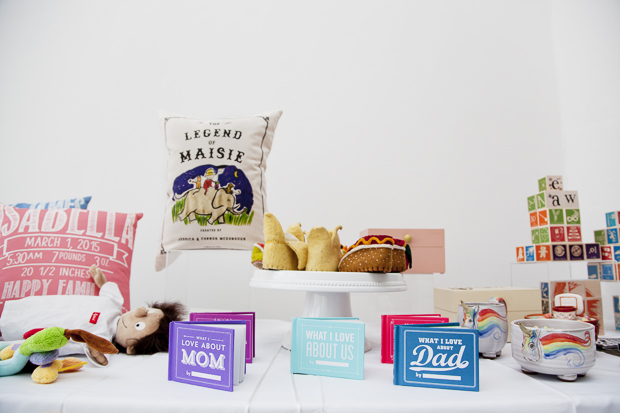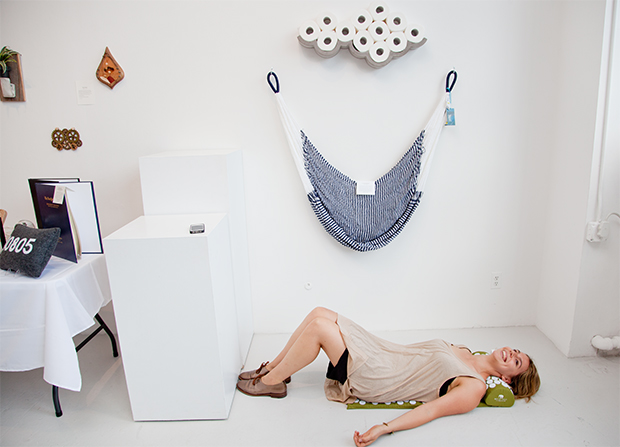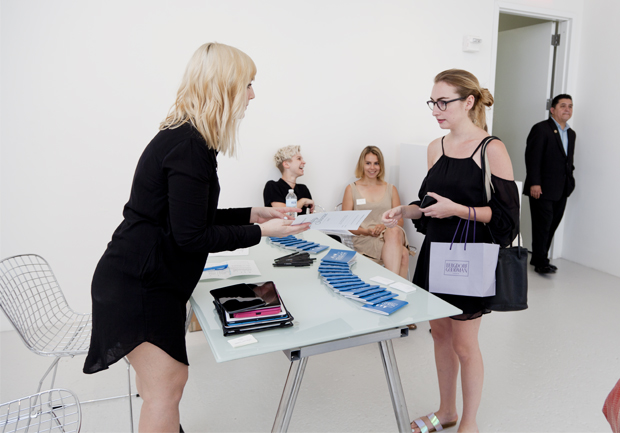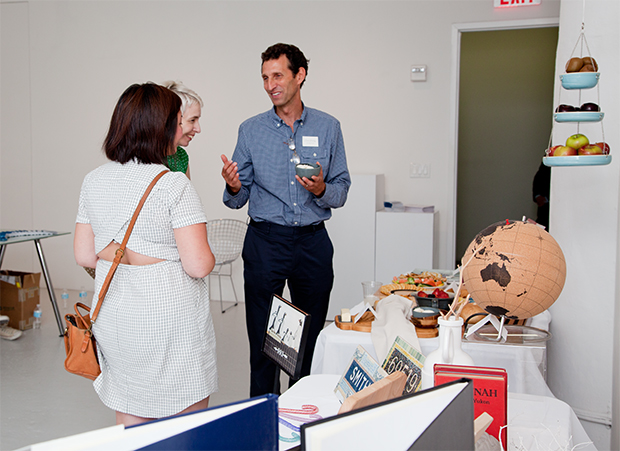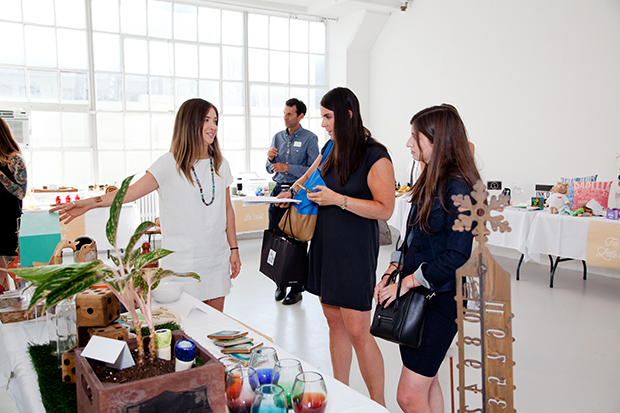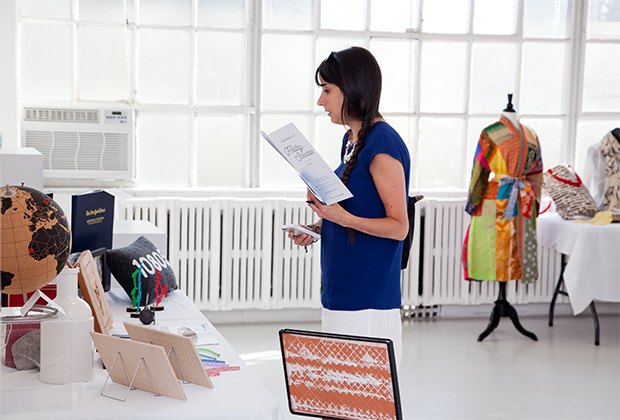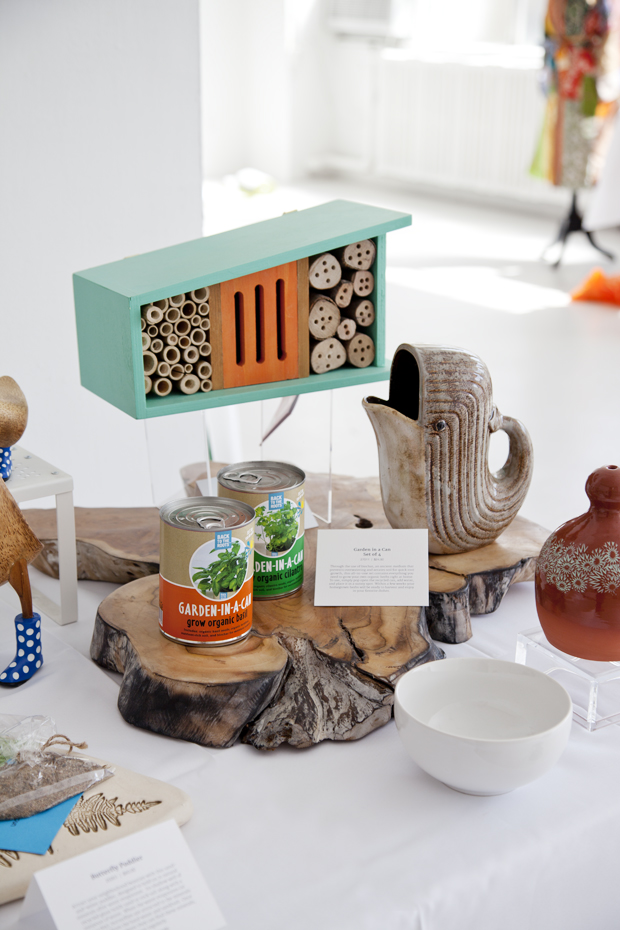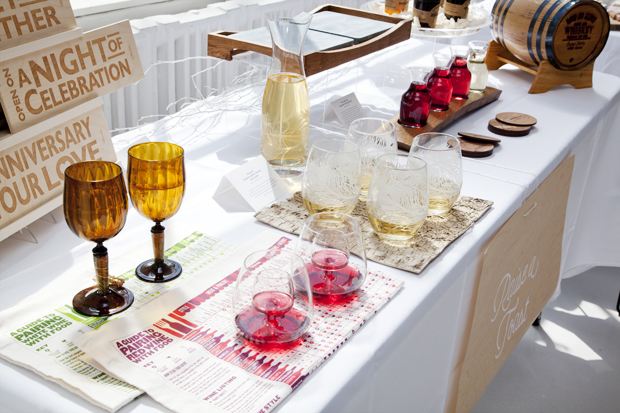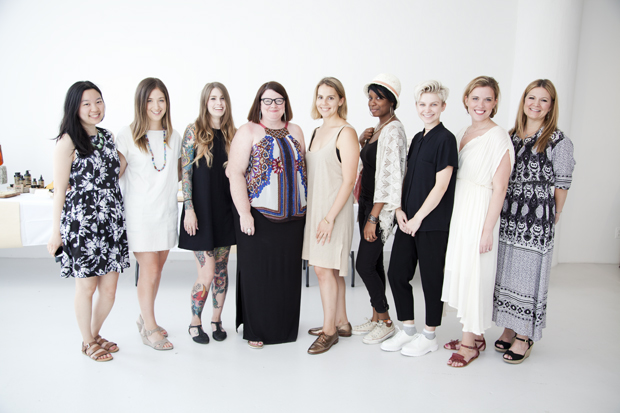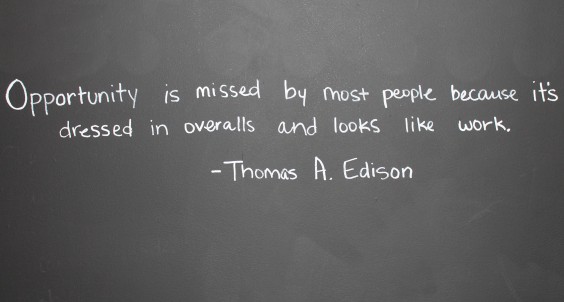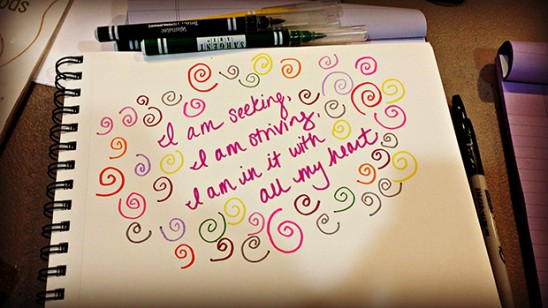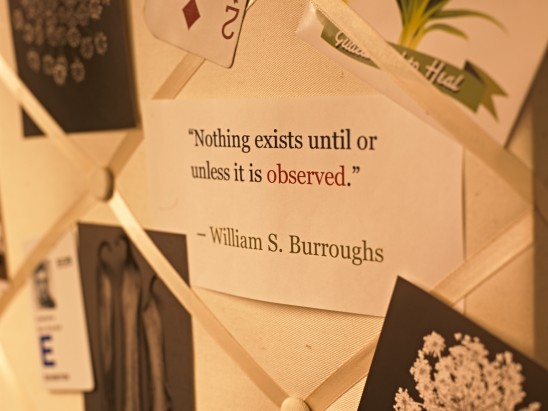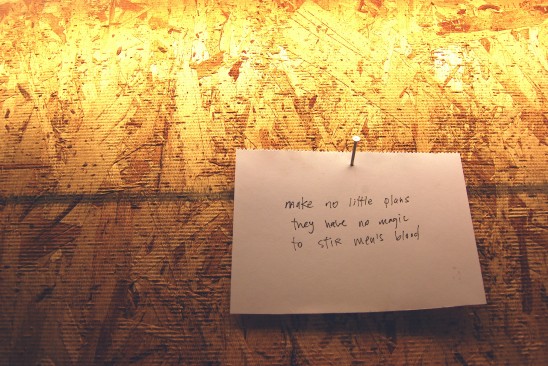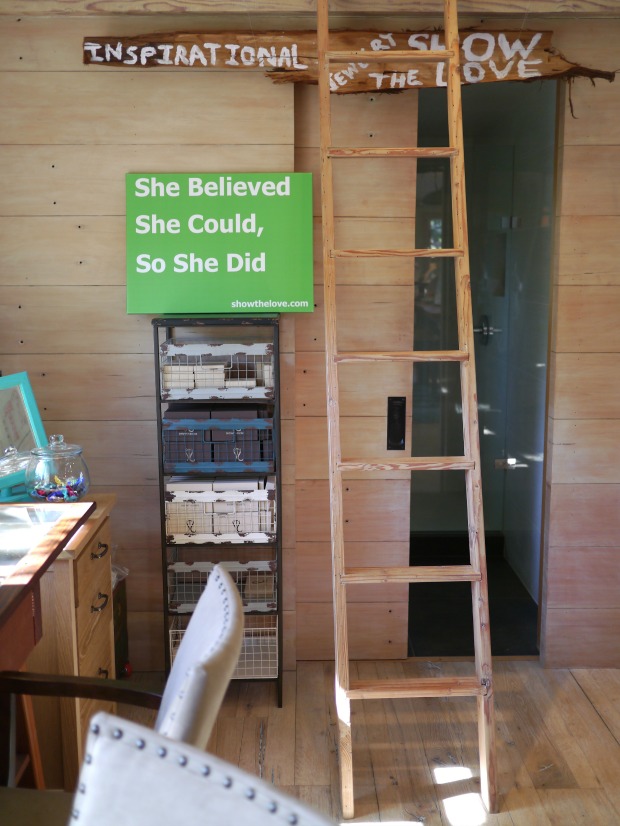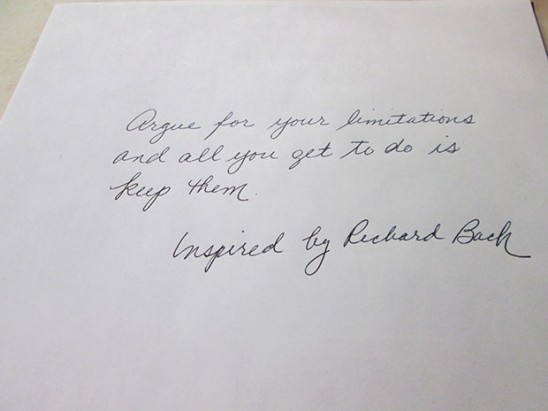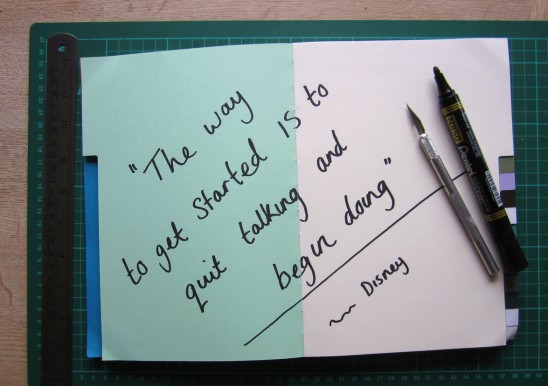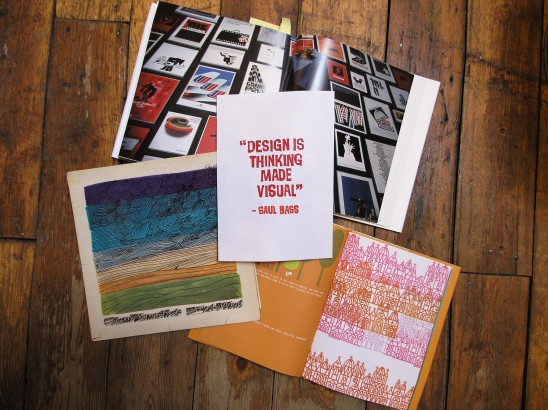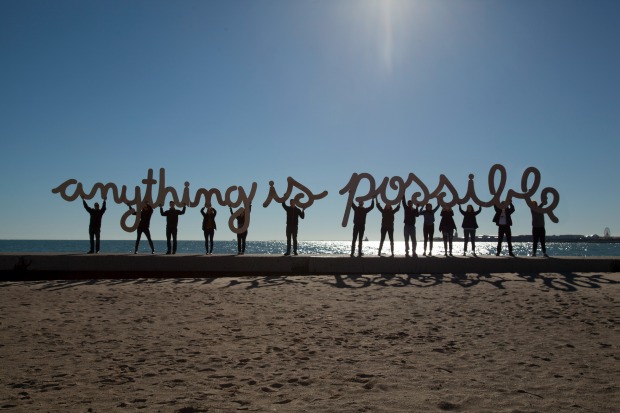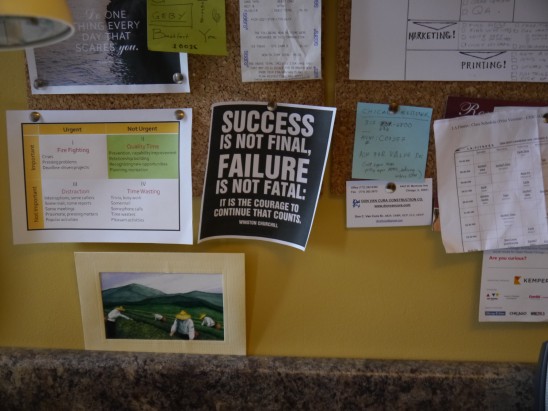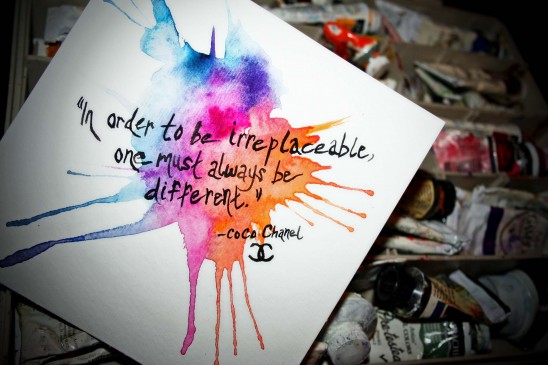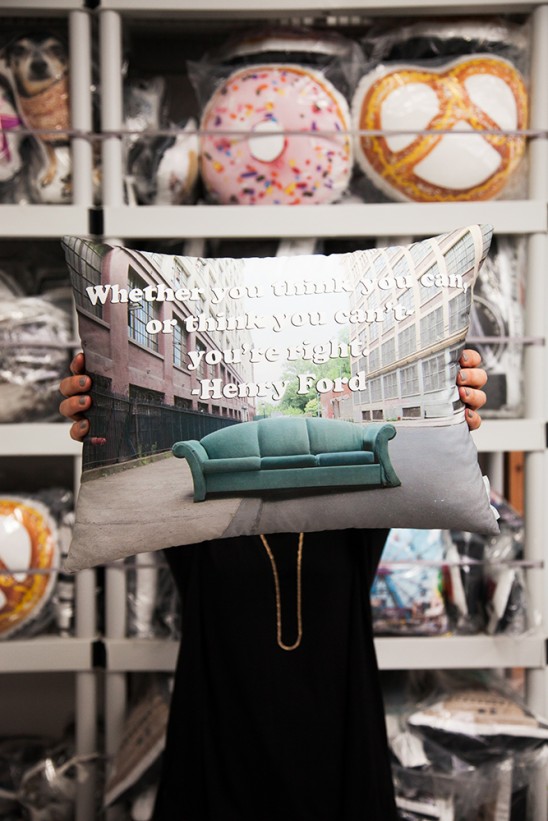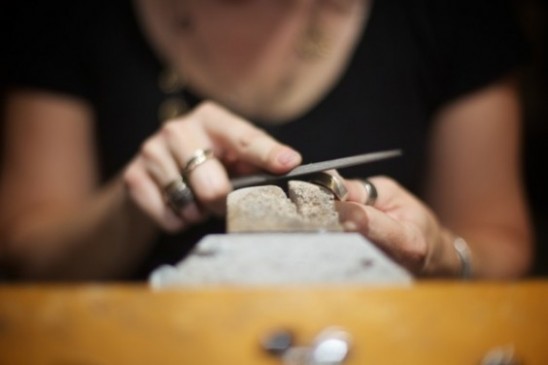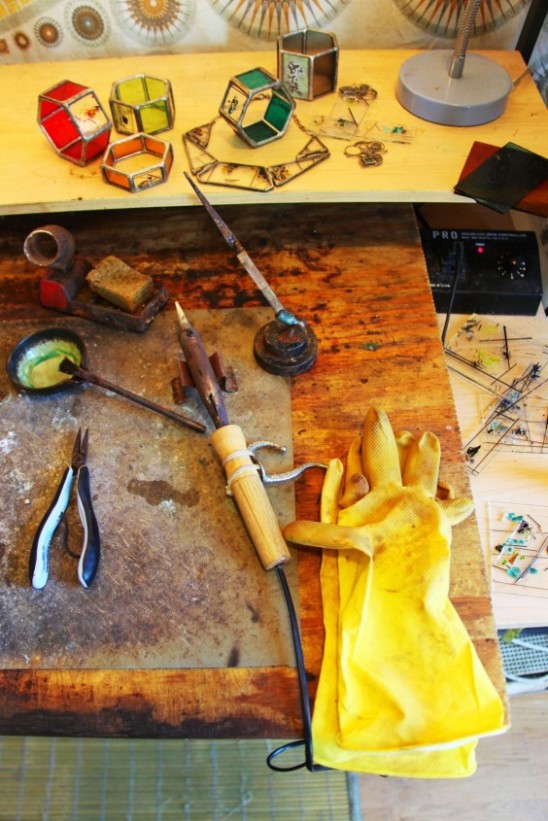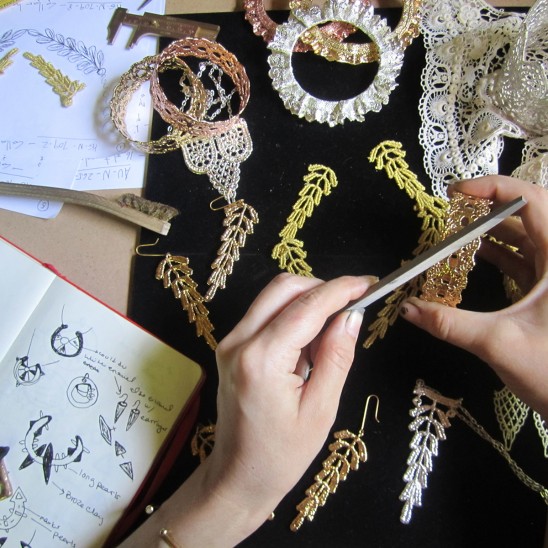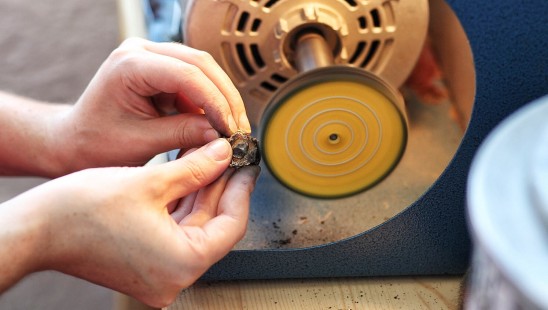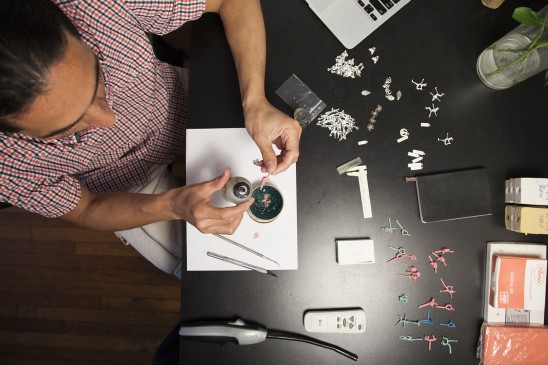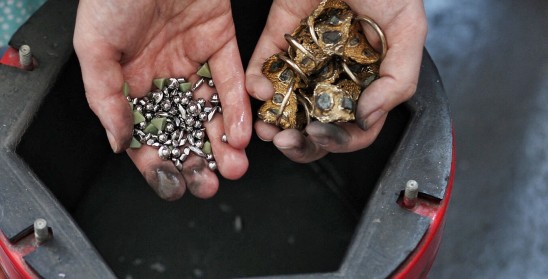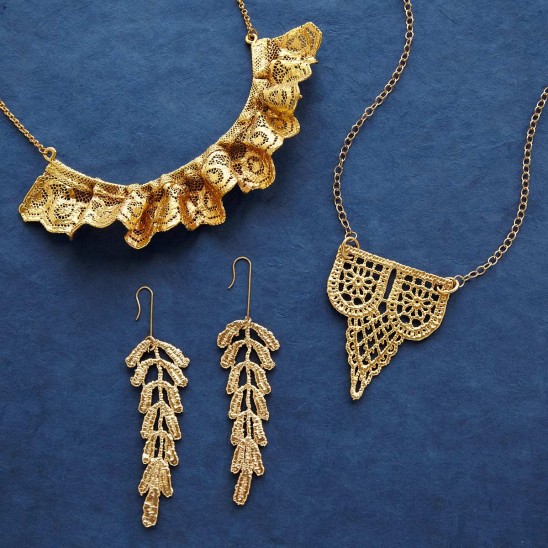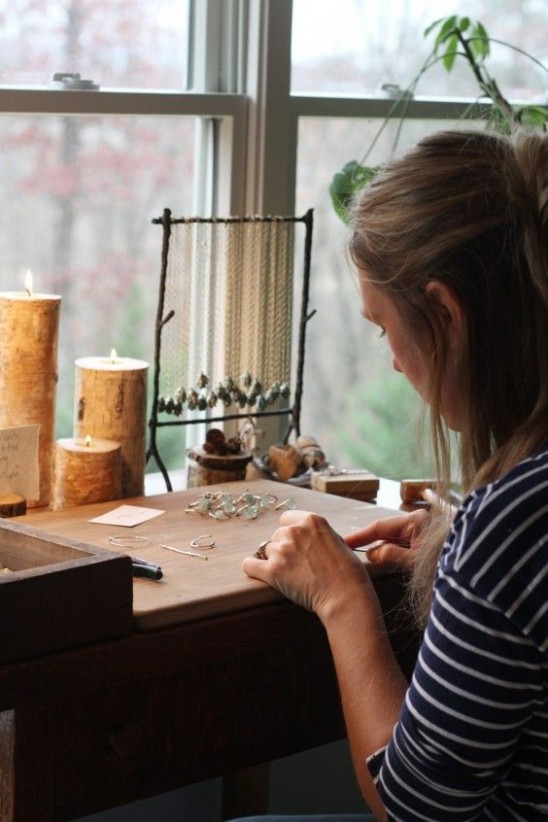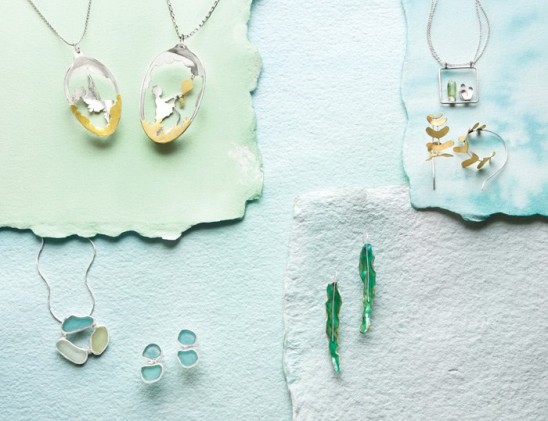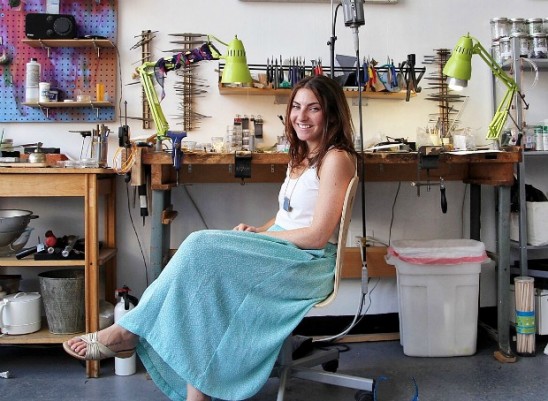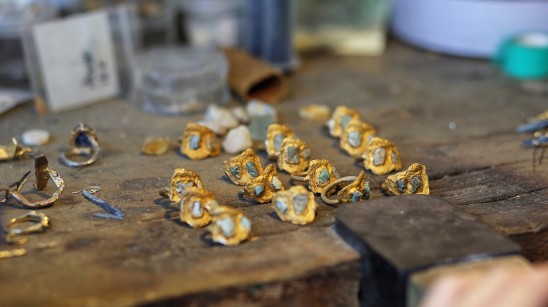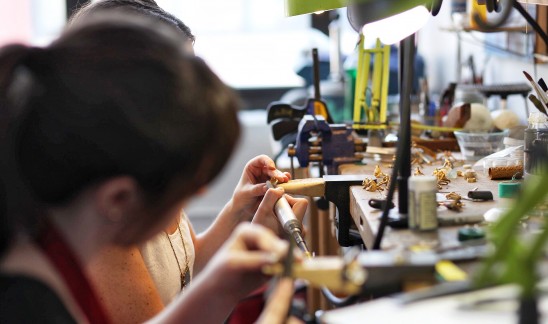Nothing helps catapult your brand and products into the public eye more than being featured in a national print magazine. As a product-based business owner or designer, it can seem overwhelming to try to get your product featured in magazines. It may even seem that editors have to find YOU, but it often works the other way around – you have to find THEM and pitch them your story.
Here are five ways to get your products featured!
1. Tell a Story
What the media really want is stories! Whether you sell jewelry, greeting cards, natural baby toys, storage containers or mugs, the media is mostly interested in one thing – your story – and more specifically, how your story fits into their readers’ lifestyles. If you only think in terms of press releases, you probably won’t be able to complete with the sheer number of other small business vying for the media’s attention. The old model of writing a press release and using a wire to distribute it is no longer as effective as it used to be.
Instead, think about your products and then browse some of the magazines that you’d like your products to be featured in. Think outside the box, too, and consider trade magazines, regional and local magazines and digital magazines, not just the large national magazines. Then, browse the pages or websites of the magazines you think your products would be a great fit for and think about what section of the magazine would be the best fit for your products.
2. Make a List
Your first step is to make a list of media you want to see feature your products this year. Think about every type of magazine and, if you sell your products to retailers, don’t forget to include the trade magazines. While these magazines have lower circulation rates, they often land directly in the hands of a very important target market: retailers.
Next, browse each publication’s website or back issues to learn if they’re a good fit for your products. Look at the types of stories each publication runs and the products it features to decide if it’s a good fit for you.

3. Get to Know Their Story
Many magazines publish their editorial calendars on their websites for advertisers, but anyone can download them. Editorial calendars are a wealth of information as they often describe the ideal reader, themes for each issue and publishing deadlines. You can also find them plugging the search term “Publication Title + Editorial Calendar” into Google.
Gather contact information for each publication you want to reach and the editor working on the section of the magazine you want to be featured in. This information is often listed in the magazine’s masthead (the list of employees at the front of the issue) or on the publication’s website (try the “About Us” and “Contact Us” sections). When in doubt, simply call the magazine and ask.
It’s also important to research the publication’s editors, so you know who to direct your pitch to. Find someone who has written the kind of story you want to be featured in and direct your pitch to them. See what kind of articles they write and how your business could fit into it. A quick Twitter search could help you learn more about a specific editor. You can also see if they have an online portfolio to find out what other publications they write for that your business may be a fit for. This will help you foster a mutually beneficial one-on-one relationship with the editor.

4. Pitch Your Story
Write a story pitch for each publication, keeping in mind what you learned from the back issues and the editorial calendars. The more targeted and personalized your pitch is to the publication’s needs, the more likely you are to receive coverage.
While your research and pitch are important steps to getting coverage, this last one may be the most important. So many entrepreneurs assume that if they don’t hear back from the media immediately it means no one is interested. This simply isn’t the case.
Pitches should be focused and to the point, like an elevator pitch in written form. Also, reiterate why your idea is relevant to the publication’s readers. Bonus points if you connect it with content they have written already to show how it fits and to demonstrate that you’ve done your research.
Keep in mind that you should make sure your “request” (the main point) is clearly stated at the beginning of your pitch and also in the subject line. Remember that editors sometimes get hundreds of pitches per day, so you want to make sure you’re compelling them to 1.) Open your email and 2.) Not zone out and stop reading before they’ve gotten to your point.
5. Follow Up
One of the most important lessons you can learn as an maker or designer is that following up is crucial to any business contact you want to make, whether you’re contacting a magazine or a potential wholesale customer.
About a week after you send your initial pitch, send a quick follow up email. If you still don’t get a response when you follow up, that doesn’t mean that the editor is not interested in your products. It can mean that they are not interested right now or, many times, they can pass on your info to an editor who is working on a story that might be a better fit.
It makes sense to reach out to them again a few months later, but this time with a different story idea and pitch. Persistence and follow up are key!
UncommonGoods’ CEO Dave Bolotsky chatting with editors from Martha Stewart Living.
A Few Things to Remember
When pitching journalists and editors, keep in mind that they are busy people, just like you. If you don’t hear back, don’t take it personally. Move on and contact them at a later date with a new story idea.
Don’t forget about the importance of being everywhere! Selling through an online store or catalog like UncommonGoods can bring you even more press. While you have to do a lot outreach initially, magazines are always on the lookout for the latest and greatest products, too. They constantly scour product websites and online stores, so working with brands can mean even more press for your products!
With some elbow grease, research, and determination, you can experience the thrill of seeing your products in one of your favorite magazines.
 Andreea Ayers is a serial entrepreneur who loves PR! She started an eco-friendly t-shirt business in 2007 and sold more than 20,000 tees
Andreea Ayers is a serial entrepreneur who loves PR! She started an eco-friendly t-shirt business in 2007 and sold more than 20,000 tees
in four years before she sold her business. Since 2011, she has been working with other product-based entrepreneurs helping them get their products in the media, including O, The Oprah Magazine, Yoga Journal, Self, Organic Spam, and more. Her mission is to make PR less intimidating and more affordable for entrepreneurs who are ready to share the spotlight in print magazines.
You can find her at www.launchgrowjoy.com.


